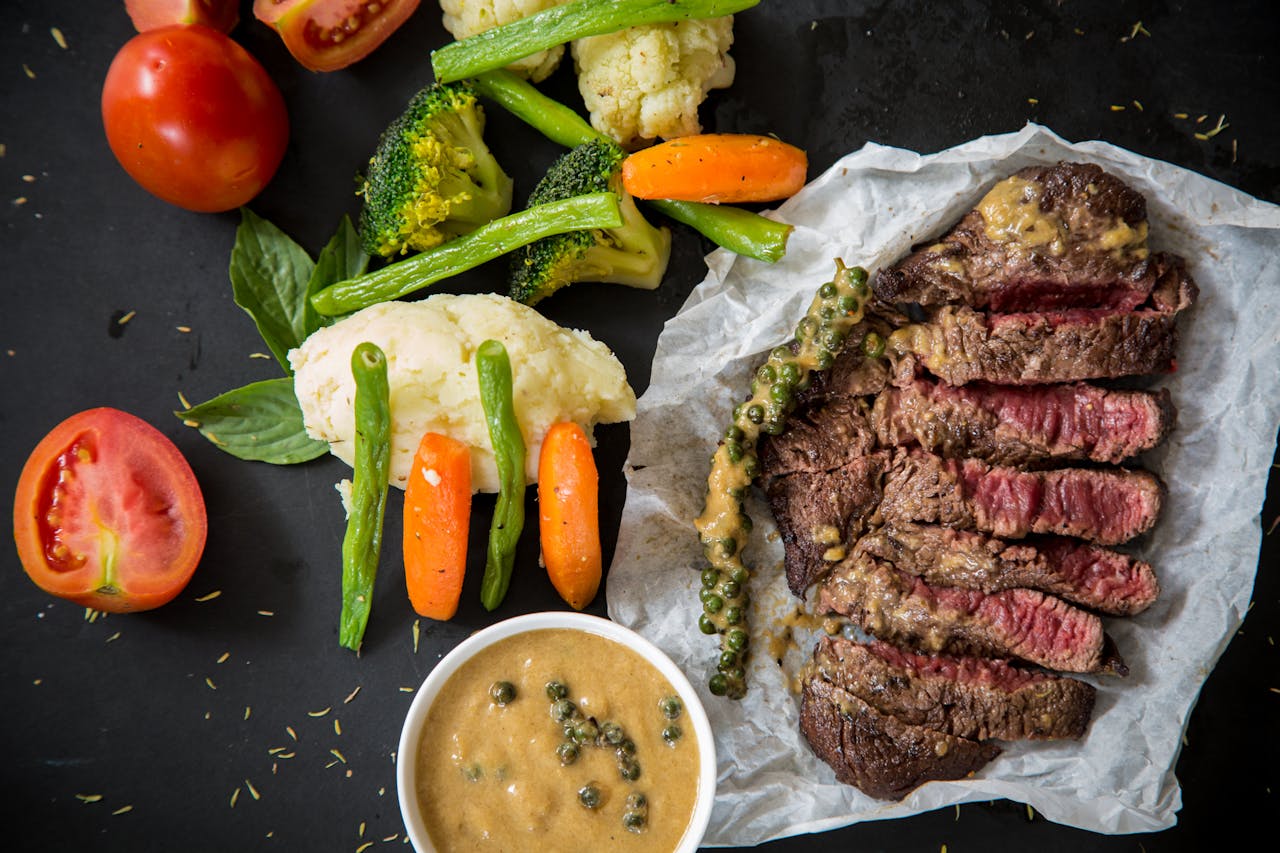Copyright © 2024 - Gearlabblog.com

In recent years, high-protein diets have surged in popularity, especially among fitness enthusiasts and those aiming for weight loss. Protein has proven benefits for muscle building, satiety, and metabolism. But experts are raising concerns that an overemphasis on protein might lead to a critical nutritional gap: not getting enough fiber. While protein is essential, fiber plays a key role in digestive health, heart health, and even mental well-being. Here’s why dietitians recommend balancing protein and fiber for a well-rounded, healthy diet.
Protein’s benefits are undeniable. It supports muscle growth, repairs tissue, and helps sustain energy levels, making it a popular choice for those aiming to build muscle or lose weight. However, dietitians warn that too much protein, especially from sources low in fiber, can disrupt the balance needed for optimal health. Excess protein can lead to digestive issues, increase kidney strain, and may inadvertently crowd out fiber-rich foods, which are essential for gut health and regularity.
When protein is prioritized over fiber, some common issues arise:
Fiber is essential for a wide range of bodily functions, yet most adults fall short of the recommended daily intake. Unlike protein, which repairs and builds, fiber regulates. It helps stabilize blood sugar, supports heart health, and promotes feelings of fullness, helping prevent overeating. Additionally, fiber is fundamental for gut health, as it feeds beneficial bacteria in the microbiome that are linked to improved digestion and even mental health.
The recommended daily intake of fiber is about 25 grams for women and 38 grams for men. Yet, with many people prioritizing protein over other nutrients, fiber is often overlooked, contributing to issues like poor digestion, bloating, and more serious conditions over time.
So, how can you achieve a balanced diet that gives you the benefits of both protein and fiber? Here are practical tips for balancing these nutrients:
Incorporating both protein and fiber into meals is simpler than it may seem. Here are a few balanced meal ideas:
In a health-conscious world where protein often takes the spotlight, it’s easy to forget about the importance of fiber. However, fiber and protein work best together, creating a synergy that supports digestion, heart health, energy levels, and more. By incorporating diverse, whole foods into your diet, you can enjoy the benefits of both nutrients and build a foundation for long-term health. Remember, balance is key—protein is vital, but fiber is equally essential for a truly healthy diet.
Sources :